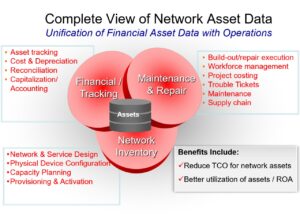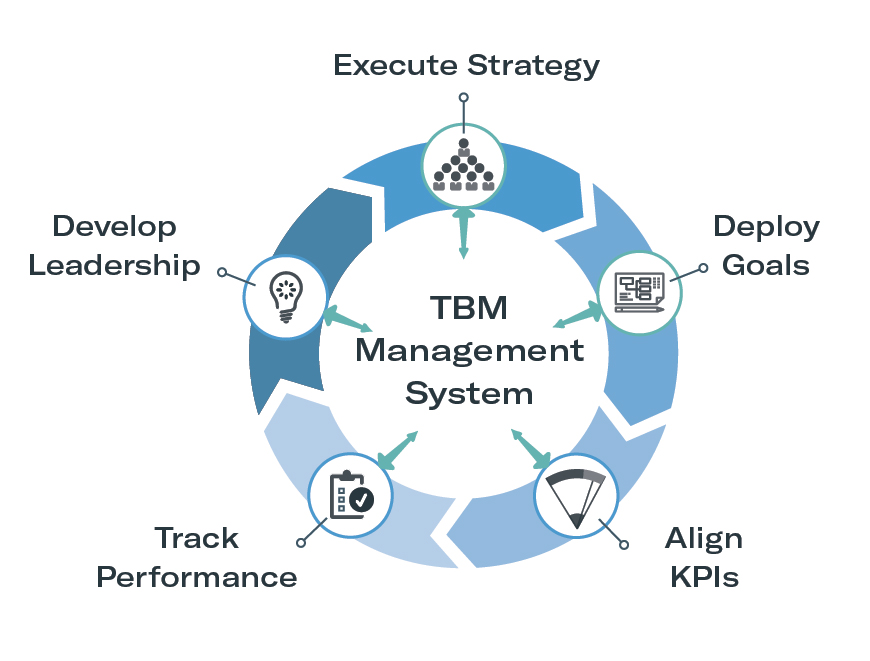Are you looking for ways to make sure your management system solution is up-to-date and efficient? Are you curious about how to evaluate and improve it? If so, then this blog post is just what you need! We’ll cover everything from evaluating existing systems to introducing new features. Let’s get started!
Identifying Enterprise Content Management Needs
If your organization is currently using an enterprise content management (ECM) solution, it’s important to evaluate the system in order to determine where improvements can be made. By identifying your needs and prioritizing the processes that need to be digitized, you can start to build an effective ECM solution.
There is a lot of literature available on the topic of ECM, and it can be difficult to determine which tool is best for your organization. However, by comparing different solutions and evaluating success factors, you can find the best solution for your needs.
Rethinking the Performance Management Process
If you are looking for an effective way to evaluate and improve your existing management system solution, you may be interested in learning about the performance management system approach. This approach involves using goals as the foundation for all performance evaluations and improvement efforts. By establishing goals, employees will be better able to understand their individual responsibilities and the overall goals of the organization. Additionally, a continuous performance management approach will ensure that the employees are aligned with the organization’s larger goals.
To get started, you first need to develop goals for your organization. Next, you must determine how performance will be evaluated and improved. Finally, you must create a process for implementing and monitoring the performance management system. By following these steps, you can redefine your performance management system and improve the effectiveness of your overall management system solution.
Business Process Improvement and Optimization
There are a few steps that must be followed before beginning a process improvement or optimization campaign. First, you must evaluate your existing management system solution. This involves conducting a thorough analysis of your current processes and systems to identify where improvements can be made. Once this evaluation is complete, you will need to create a plan of action and implement the changes necessary to improve your business processes. Finally, you must communicate these changes to all stakeholders so that everyone is aware of the progress being made and understands the goals of the process improvement campaign.
Process improvement follows one or multiple methodologies designed to evaluate existing processes and provide clear roadmaps for data-backed improvements.
The most common process improvement methodologies are problem solving, process mapping, process assessment, and business process redesign. Each of these methods has its own set of guidelines and principles that must be followed in order to produce accurate results. As with any type of project, proper planning is essential to ensure a successful outcome. If you’re looking to improve your business processes, it’s important to consult with an expert who can help you identify the best methodology for your situation and provide you with the guidance and support you need to achieve success.
Developing a Continuous Performance Management System
A continuous performance management system is essential for ensuring that employees are working effectively towards aligned organizational goals. However, developing and implementing such a system can be difficult, especially if you’re not sure how to evaluate and improve it. In this article, we’ll provide you with ten tips to help you evaluate and improve your existing management system solution.
1. Define your goals. Before you can begin evaluating and improving your performance management system, you first need to understand what you want it to achieve. Make sure that your goals are specific, measurable, achievable, relevant, and time-bound.
2. Use effective measurement tools. Once you have your goals set, it’s important to use effective measurement tools to track your progress. This will help you identify areas in which you need to improvement and make necessary changes to your system.
3. Track employee feedback. It’s important to allow employees the opportunity to provide feedback about their performance. Doing so will help you identify areas of improvement and make necessary changes to your system.
4. Make changes based on feedback. Once you’ve tracked your progress and obtained feedback from employees, make changes to your system based on that information. This will ensure that the system is constantly evolving to meet the needs of the organization and its employees.
5. Continuously evaluate and improve your system. As the performance management system continues to evolve and improve, it’s important to regularly evaluate and assess its effectiveness. This will ensure that it is meeting the needs of the organization and its employees.
6. Stay up-to-date with industry trends. As the performance management landscape changes, it’s important to stay up-to-date with industry trends in order to best assess and improve your system solution.
7. Educate managers about the benefits of a continuous performance management system. Once managers understand the benefits of a continuous performance management system, they will be more likely to support its implementation within their organizations.
Evaluating Continuous Improvement Software
Continuous improvement is a popular management system solution that helps organizations improve the quality of their products and services. In order to evaluate and improve your existing management system solution, you first need to understand the Six Sigma process. This process consists of six steps: problem identification, definition, solution selection, implementation, verification, and improvements. After you have completed the Six Sigma process, you can implement process improvements to further improve the quality of your management system solution.
Determining Alignment with Legal Department Requirements
In order to ensure that your management system solution is aligned with the legal department requirements, it is important to initially evaluate the solution and determine whether it meets the required specifications. Once you have determined that the solution meets the requirements, you can then begin to improve and optimize it. Here are a few steps you can take to achieve this:
1. Evaluate the Solution: The first step is to evaluate the current management system solution. This includes evaluating its functionality and whether it meets the required specifications.
2. Determine Whether Improvements are Necessary: After you have evaluated the solution, you must determine whether any improvements are necessary. This includes determining whether any modifications or adjustments need to be made to the solution in order to meet the legal department requirements.
3. Implement Changes: Once you have determined that improvements are necessary, you must then implement these changes. This involves making the modifications to the management system solution and ensuring that it is properly implemented.
4. Monitor Implementation: After changes have been made, it is important to monitor their implementation and ensure that everything is working as intended. This includes verifying that the system meets all required specifications and that all users are using it in a consistent way.
Prioritizing Goals and Objectives
It is important to evaluate and improve your existing management system solution if you want to achieve success. This is a process that involves prioritizing goals and objectives, and then using systematic methods to achieve them. It is also important to remember that not everything should be measured in terms of goals and objectives. Rather, it is important to think about issues that are not relevant to single-objective decisions.
To begin the evaluation process, you first need to identify your goals and objectives. Next, you must decide which of these goals and objectives are most important to you. Finally, you must use systematic methods to achieve these goals and objectives. This may include setting deadlines, creating milestones, and using systems of accountability.
Evaluating your management system solution is an important step in achieving success. By taking the time to do this, you can ensure that your system is working best for you and your business.
Data-Driven Performance Evaluations
There are a number of ways to evaluate and improve your current management system solution, including data-driven performance evaluations. By using performance data and metrics, managers can identify areas in which they need to improve. Additionally, by using performance reviews that are data-driven, managers can provide feedback that is specific and actionable. By using a management system solution that is data-driven, managers can improve the overall effectiveness of their organization.
Utilizing Automation for Efficiency
There are many ways to improve the efficiency of your software testing and validation processes through automation. One way is to evaluate your current management system solution and determine where automation could be most effective. In order to do this, you will need to gather system data. This data includes information about how the system is currently being used, how it is performing, and any problems that have been reported. After collecting this data, you can use it toevaluate the performance of your current management system solution, identify areas for improvement, and make recommendations for future automation initiatives.
Integrating Technology into Business Processes
There is no one-size-fits-all approach when it comes to evaluating and improving your existing management system solution. Instead, you need to take into account the specific needs of your organization and design a solution that is specifically tailored to meet those needs.
One key factor to consider when evaluating an existing management system solution is the level of integration it has with other systems in your organization. If your system is not integrated, it will be difficult to use and manage. Furthermore, if your system is not integrated, it will be difficult to share information between different parts of your business.
Another important factor to consider when evaluating an existing management system solution is the level of automation it includes. If your system is not automated, you will be required to carry out a lot of manual tasks. This can lead to increased costs and decreased efficiency.
In addition, you need to make sure that your management system solution meets your specific needs. For example, you may need a system that can track progress and performance data. You may also need a system that can generate reports and charts.
Ultimately, the goal of evaluating and improving your existing management system solution is to ensure that it meets the needs of your organization and improves efficiency and performance.
Conclusion
In this blog post, we have discussed how to evaluate and improve your existing management system solution. First, you must develop an understanding of the objectives of your management system solution. Next, you must identify the key performance indicators (KPIs) that relate to the objectives of your management system solution. Finally, you must create scenario models that reflect the range of complexities uncovered by context of use analyses. By following these steps, you can improve the effectiveness of your management system solution.
Evaluating and improving your management system solution is an important task that will help you achieve your objectives. By following these steps, you will be able to better understand how your management system solution is performing and make necessary changes to improve its performance.






















